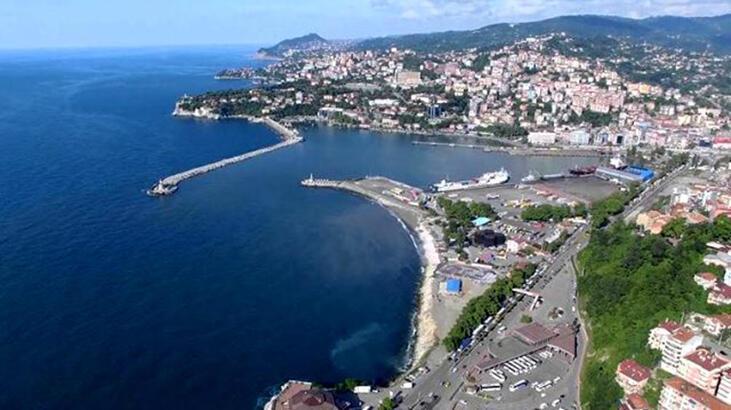
The population in the Black Sea province of Zonguldak, known for its production and trading of hard coal as a main economic activity, has been observed to have dwindled over the last decade due to the narrowing of the mining sector and the young generation migrating to larger cities for jobs.
The number of people living in the province was around 620,000 in 2010, and it nosedived to some 590,000 in 2020, according to local authorities.
“The foremost reason is the decline in hard coal demand,” local officials told Demirören News Agency on March 10.
In the 1990s, more than 35,000 people were working in hard coal mines, now the number is around 7,000.
“All laborers ran away from the province due to the shrink in the mining sector,” said Zeki Beybeyoğlu, a fisherman in the province.
“Imagine, 50,000 mine workers were living in the city center. Following steep job losses, they scattered to different places,” he added.
Also, this year, the population of pensioners overthrew the number of laborers for the first time in the history of the province.
Some 162,000 pensioners reside in the city, some 21,000 more than the number of active workers, according to data by Zonguldak Provincial Social Security Institution.
When asked where residents mostly migrate to, Oktay Girgin, a former mine worker, directly pointed out Istanbul.
“I was working with 40,000 mine workers. Those days, the city was alive. Now the population has shrunk. People mostly migrate to Istanbul to work as doormen in buildings,” he said.
More than 125,000 Zonguldak residents are living in Istanbul, official data showed.
Officials are hopeful that the province will be back to the cheerful old days once the Filyos Port project completes.
The port, which is expected to complete by 2023, the 100th anniversary of modern Turkey, will provide a central transit route for the Black Sea countries, such as Romania, Bulgaria, Georgia, Ukraine and Russia.